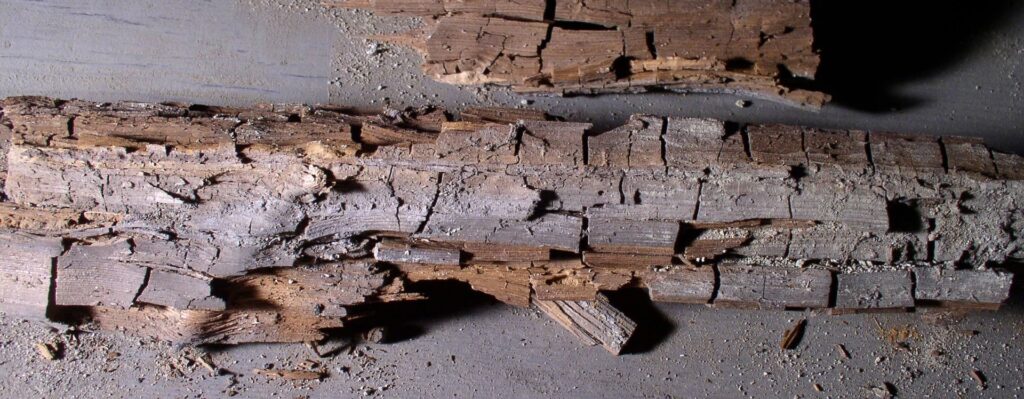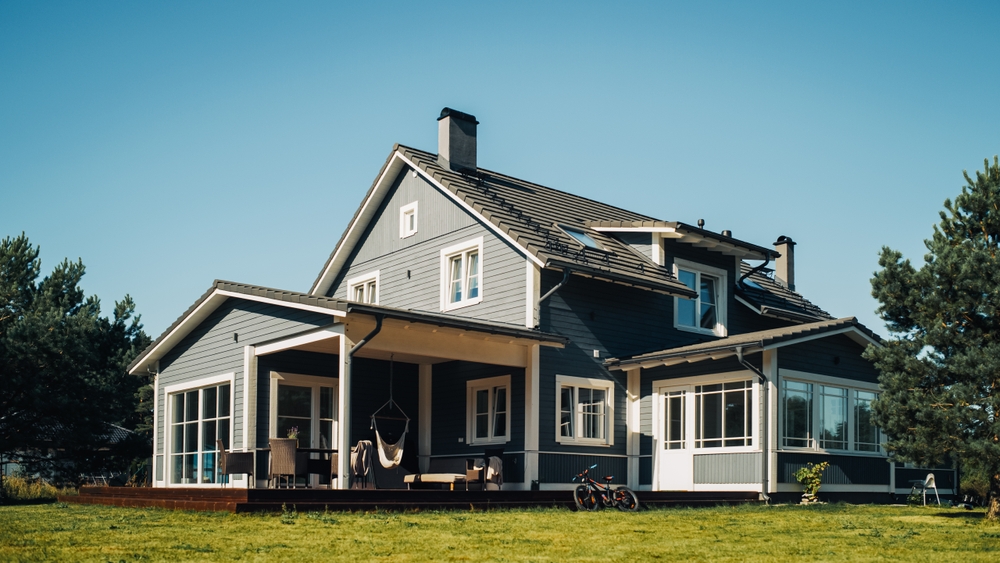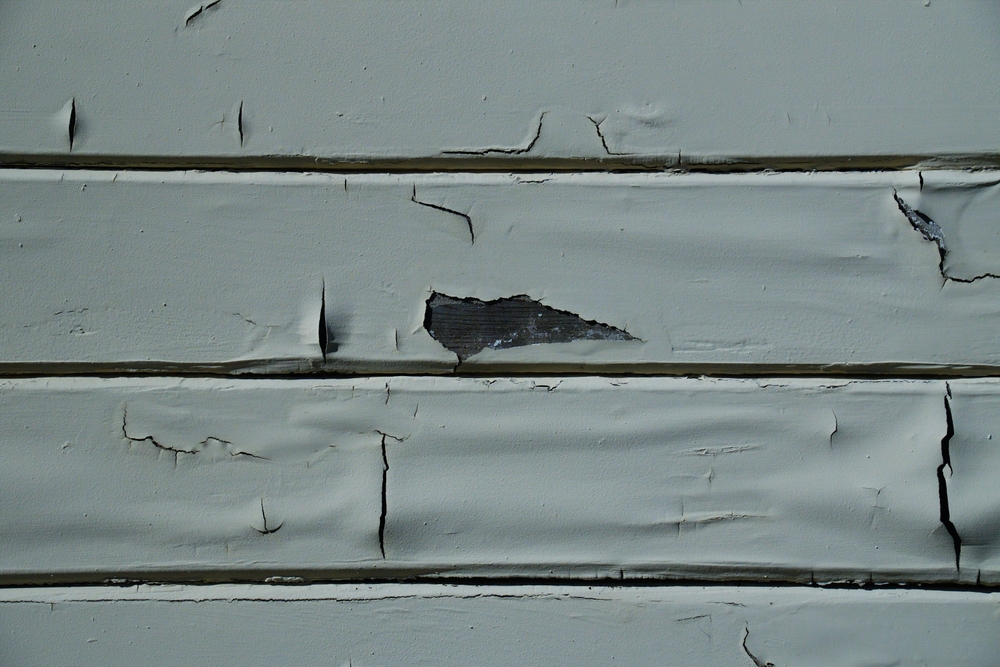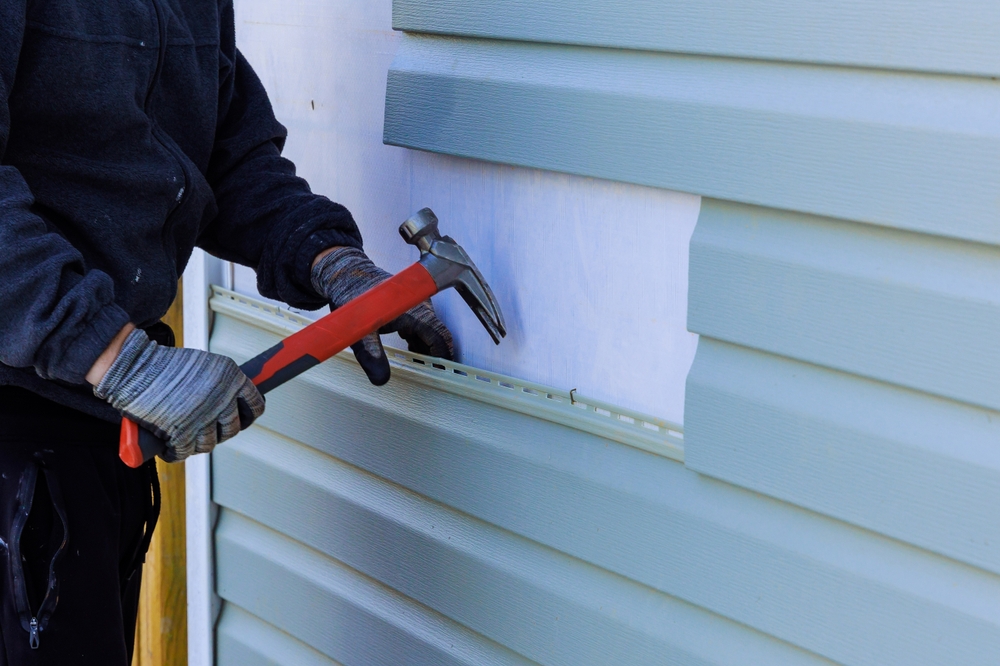Dry rot is a type of wood decay caused by fungi that breaks down the structure of the wood, leading to damage that can compromise the structural integrity of buildings and homes. Dry rot is a serious problem that can cause extensive damage to your property and can be challenging to detect, making it important to understand its causes, symptoms, and treatments. In this article, we will discuss everything you need to know about dry rot, including its causes, symptoms, prevention, and treatment.
Causes of Dry Rot
Dry rot is caused by fungi that thrive in damp conditions. There are several reasons why dampness can occur in a building, including:
- Leaking pipes or roofs: Water damage caused by leaking pipes or roofs can lead to dampness, which provides the perfect breeding ground for dry rot fungi.
- Poor ventilation: Poor ventilation can result in high humidity levels, leading to moisture buildup and dampness, which can create ideal conditions for dry rot fungi to grow.
- Rising damp: Rising damp is caused by groundwater that enters a building’s structure and can cause dampness that encourages the growth of dry rot fungi.
Symptoms of Dry Rot
Dry rot can be difficult to detect because it often grows behind walls, under floors, and in other concealed areas where it can thrive undetected for months or even years. Some of the common symptoms of dry rot include:
- Cracking or crumbling of wood: Dry rot causes wood to crack and crumble, which can weaken the structural integrity of buildings.
- Musty smell: Dry rot produces a distinct musty odor that can be an indicator of its presence.
- Spore dust: Dry rot fungi produce spores that can be seen as a fine dust that accumulates near affected areas.
Treatment of Dry Rot
If dry rot is detected, it is crucial to take immediate action to prevent further damage. Treatment for dry rot includes:
- Removal of affected wood: Removing the affected wood and replacing it with new, dry wood is necessary to prevent further growth of the fungi.
- Treatment with fungicide: Treatment with fungicide is necessary to kill the fungi and prevent its further spread.
- Addressing the source of dampness: Addressing the source of dampness is crucial to prevent the growth of dry rot fungi.
How to Prevent Dry Rot?
Prevention is the key when it comes to dry rot. Here are some effective measures you can take to prevent dry rot in your property:
- Keep the Wood Dry: Dry rot requires moisture to thrive, so keeping the wood dry is essential to prevent it from growing. Make sure that any wooden structures are properly ventilated to avoid trapping moisture. Also, make sure that any leaks or dampness in your property are fixed promptly.
- Apply Fungicides: Fungicides can be applied to wooden structures to prevent dry rot from growing. These products can be found in most hardware stores and can help to protect your wood against fungal growth.
- Use Treated Wood: Treated wood is specially treated with chemicals to prevent fungal growth, making it an excellent choice for outdoor projects such as decks and fences.
- Regular Inspections: Regular inspections can help you detect any signs of dry rot early on. If you notice any signs of dry rot, such as soft or crumbly wood, discoloration, or a musty smell, you should contact a professional to inspect your property.
- Proper Maintenance: Proper maintenance of your property can go a long way in preventing dry rot. Regularly inspect and repair any leaks or dampness in your property, and keep wooden structures clean and dry.
FAQs
Q1. Is dry rot dangerous?
A1. Dry rot itself is not dangerous, but it can weaken wooden structures, which can be a safety hazard. Additionally, dry rot can indicate a moisture problem, which can lead to other issues such as mold growth.
Q2. Can dry rot spread to other parts of my property?
A2. Yes, dry rot can spread to other parts of your property if left untreated. This is why it’s important to detect and treat dry rot as early as possible.
Q3. Can I treat dry rot myself?
A3. While there are products available to treat dry rot, it’s best to hire a professional to ensure that the problem is treated effectively.
Q4. How long does it take for dry rot to develop?
A4. Dry rot can develop quickly, often within a matter of weeks or months. However, the rate of growth can vary depending on factors such as the moisture content of the wood and the temperature.
Q5. Can I prevent dry rot?
A5. Yes, dry rot can be prevented by keeping the wood dry, applying fungicides, using treated wood, regular inspections, and proper maintenance.
Conclusion
Dry rot is a common problem that can cause significant damage to wooden structures. It’s important to detect and treat dry rot early on to prevent it from spreading and causing further damage. By following the preventive measures outlined in this article, you can protect your property from the harmful effects of dry rot. If you suspect that you have dry rot in your property, be sure to contact a professional for a thorough inspection and treatment.




